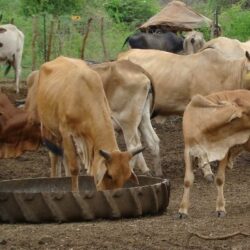The United Nation’s Food and Agriculture Organisation (FAO) says Zambian smallholder farmers are enhancing their technological capabilities by increasingly using irrigation.
According to FAO’s market brief on irrigation in sub-Saharan Africa, Zambia has a comparative advantage for irrigation development because of the presence of large numbers of experienced equipment suppliers.
“There is considerable potential to expand modern irrigation systems in Zambia,” says FAO.
This market brief covers key findings in the FAO/IFC “Africa Irrigation Diagnostic Report” on Zambia and other sub-Saharan countries.
FAO says Zambia’s vast water resources are second only to Angola in southern Africa, making it well positioned for irrigation development.
“The country has nearly 6 000 cubic meters of water per inhabitant. This shows considerable scope to grow irrigation.”
The organisation says the more than 100 000 smallholder farmers who produce a mix of food and cash crops can drive irrigation development. This will substantially boost the production of maize, cassava, soybeans, groundnuts, wheat and sweet potatoes.
Agriculture in Zambia contributes about 20% to the country’s gross domestic product (GDP). Maize, sugar, tobacco, cotton, wheat flour, and horticultural products account for about 12% of export earnings.
However, performance fluctuated significantly due to dependence on seasonal rain. This prompted the Zambian government to promote irrigation development.




